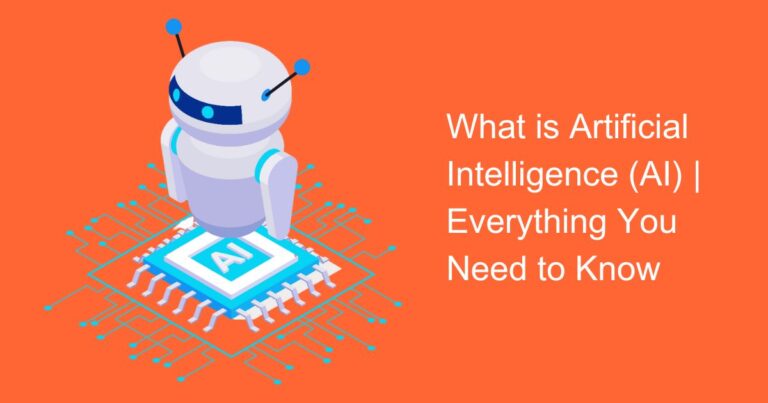Introduction
In today’s interconnected world, the management and monitoring of critical infrastructure and industrial processes have become more vital than ever. Supervisory Control and Data Acquisition, commonly known as SCADA, plays a crucial role in this endeavor. SCADA systems have evolved significantly over the years, transforming the way industries control and oversee their operations. In this comprehensive guide, we will delve into what is SCADA, exploring its history, components, applications, advantages, and challenges.
Understanding What is SCADA
Definition and Origin
SCADA stands for Supervisory Control and Data Acquisition. It is a control system architecture that encompasses hardware and software elements to supervise, collect data from, and manage industrial processes or infrastructure remotely. The concept of SCADA first emerged in the 1960s, primarily as a response to the need for better control and monitoring of processes in various industries.
Core Components
SCADA systems are composed of several core components:
Human-Machine Interface (HMI):
The HMI is the user-friendly interface that allows operators to interact with the system. It provides real-time data visualization, alarms, and control capabilities.
Remote Terminal Units (RTUs):
RTUs are hardware devices located at remote sites that collect data from sensors and equipment, and transmit this data to the central SCADA system.
Programmable Logic Controllers (PLCs):
PLCs are microcontroller-based devices responsible for executing control tasks and managing communication between the SCADA system and field devices.
Communication Infrastructure:
SCADA relies on a robust communication network, which can be wired or wireless, to transmit data between various components.
Applications of SCADA
Industrial Control
SCADA systems are widely used in manufacturing industries, including oil and gas, water treatment, and automotive, to monitor and control production processes. They ensure the efficient operation of machinery, reduce downtime, and improve overall productivity.
Energy Management
In the energy sector, SCADA systems play a critical role in the monitoring and control of power generation, transmission, and distribution. They help operators manage power grids, optimize energy production, and respond to fluctuations in demand.
Water and Wastewater Management
SCADA is employed in water treatment plants to monitor water quality, manage distribution networks, and control pumps and valves. It helps ensure the delivery of clean and safe drinking water to communities while efficiently handling wastewater.
Transportation and Infrastructure
SCADA is utilized in transportation systems, such as traffic management and railway control, to optimize traffic flow and enhance safety. It also finds applications in managing critical infrastructure like bridges, tunnels, and pipelines.
Advantages of SCADA
Real-Time Monitoring
One of the most significant advantages of SCADA is its ability to provide real-time data and insights into industrial processes. This enables quick decision-making and helps operators respond promptly to any issues or anomalies.
Remote Control
SCADA systems allow for remote control of equipment and processes. Operators can make adjustments, perform maintenance, and troubleshoot issues from a centralized location, reducing the need for physical presence at remote sites.
Data Logging and Analysis
SCADA systems store historical data, which can be invaluable for trend analysis, performance optimization, and regulatory compliance. The data logs also serve as a valuable resource for predictive maintenance.
Enhanced Security
Security is a top priority in industrial settings. Modern SCADA systems incorporate robust security features to protect against cyber threats, ensuring the integrity and reliability of the system.
Challenges in SCADA
Cybersecurity Risks
As SCADA systems become more interconnected, they become vulnerable to cyberattacks. Protecting against cybersecurity threats is an ongoing challenge that requires continuous monitoring and adaptation.
Legacy Systems
Many industries still rely on legacy SCADA systems, which may lack modern security features and compatibility with newer technologies. Upgrading these systems can be complex and costly.
Scalability
Adapting SCADA systems to changing operational needs and expanding infrastructure can be challenging. Scalability issues can lead to limitations in system performance and functionality.
Future Trends in SCADA
Integration with IoT and AI
The integration of SCADA with the Internet of Things (IoT) and artificial intelligence (AI) is expected to revolutionize industrial automation. IoT sensors can provide even more data for SCADA systems to analyze, while AI can help predict and prevent system failures.
Edge Computing
Edge computing allows for data processing and analysis to occur closer to the data source, reducing latency and enabling faster decision-making. SCADA systems are likely to leverage edge computing for improved efficiency and responsiveness.
Cloud-Based Solutions
Cloud-based SCADA solutions are gaining popularity due to their flexibility, scalability, and cost-effectiveness. They allow organizations to access and manage their SCADA systems from anywhere, while also benefiting from advanced analytics and data storage capabilities.
Conclusion
SCADA has come a long way since its inception, evolving into a crucial tool for industries and critical infrastructure. Its ability to provide real-time monitoring, remote control, and data analysis has made it indispensable in the modern world. While challenges such as cybersecurity and legacy systems persist, ongoing advancements in technology are shaping the future of SCADA, promising even greater efficiency and reliability for the industries it serves. As we move forward, the role of SCADA in shaping our industrial landscape will only continue to expand and evolve.








